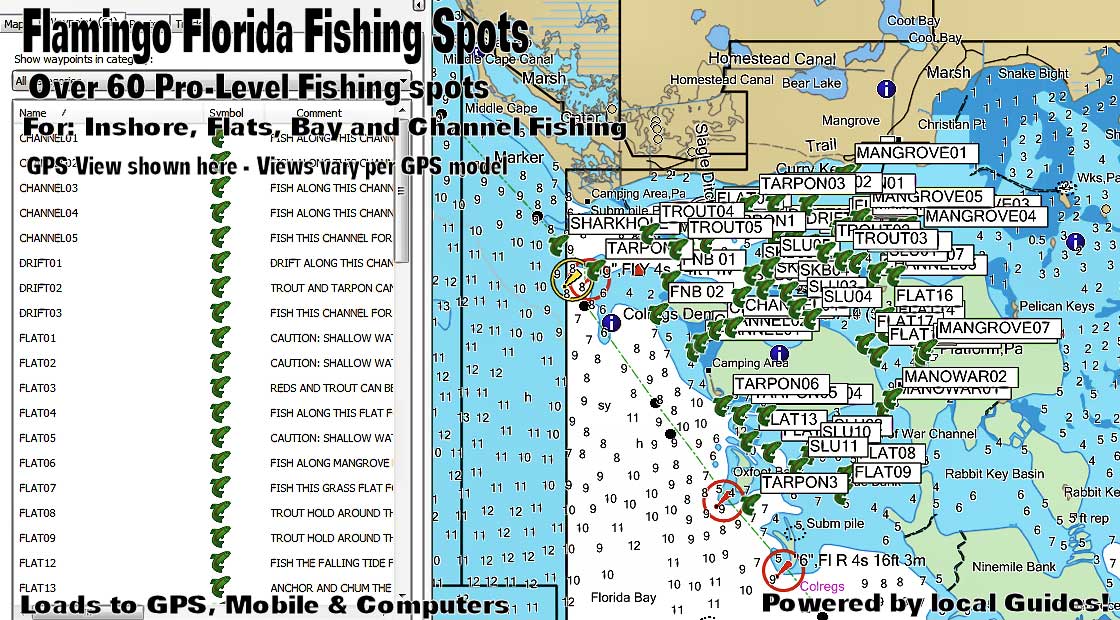

Nonetheless, flamingos have remained a celebrated species in the state.

Setting the stage for a returnīy the end of the late 19th century, overhunting for meat, eggs, and the feather industry had virtually wiped out the thousands of American flamingos that once lived in Florida Bay and the Florida Keys. “It wasn't necessarily a death sentence,” says Arengo, associate director at the Center for Biodiversity and Conservation at New York’s American Museum of Natural History. Yet in May 2021, Florida wildlife agencies declined to grant the state’s flamingos certain protections, such as management and monitoring, with the rationale that existing conservation efforts in South Florida, particularly in the Everglades, is sufficient.įelicity Arengo, the Americas coordinator for the IUCN’s Flamingo Specialist Group, who advised Florida on its decision, told National Geographic that agencies could change their mind if enough permanent flamingos are documented in the state. In 2018, Florida updated the flamingo’s status to native. That data, combined with Conchy’s decision to stay put, suggest that the stage is set for the return of permanent flamingo populations in Florida, he says. Over the past decade, Florida flamingo sightings have steadily increased, and there are thought to be fewer than a thousand in the state, all presumably temporary visitors. “That was a good sign that there's food out there, at least for small groups, for a long time.” “We were enormously surprised,” Whitfield says. To Zoo Miami wildlife biologist Steven Whitfield, Conchy’s decision to stay in the state provided evidence that Florida’s wading bird habitat-where flamingos have been considered only temporary residents for the past hundred years-could actually sustain wild American flamingos year-round. Researchers attached a GPS tracker to the bird, excited to track his movements.Ĭonchy defied their predictions: For more than two years, the bird didn’t leave Florida. The state reversed its decision, allowing for Conchy’s release in 2015. Scientists then presented evidence of two flamingos that had previously turned up in Florida Bay after being banded as chicks in Mexico-showing that, though rare, flamingos still naturally migrate to Florida from the Caribbean. (Read more about the surprising origin of Florida’s flamingos.) But when researchers attempted to release him, he stirred up more controversy: Florida initially blocked his release on the grounds that flamingos are not native to the state, as the species hasn’t had a breeding population there since the late 1800s. Populations of the four-foot-tall birds are not in danger of extinction, with an increasing population of 200,000 throughout the Caribbean, South America, and Mexico, according to the International Union for Conservation of Nature.Ĭonchy fully recovered. Of the six species of flamingo worldwide, only the American flamingo is native to North America. The male American, or Caribbean, flamingo was taken to Zoo Miami, where researchers discovered he was seriously ill, inflicted with liver damage from feeding in a polluted body of water near a restaurant. It eventually took a team of experts to capture and remove the animal, which they dubbed Conchy. Nothing airport employees did could spook the light-pink bird into leaving its unusual choice of habitat. When a wild flamingo showed up between two air strips at the Naval Air Station Key West on the southern tip of Florida in 2015, pilots feared a collision every day the bird stuck around.įlamingos usually choose habitats as far from humans as possible.


 0 kommentar(er)
0 kommentar(er)
